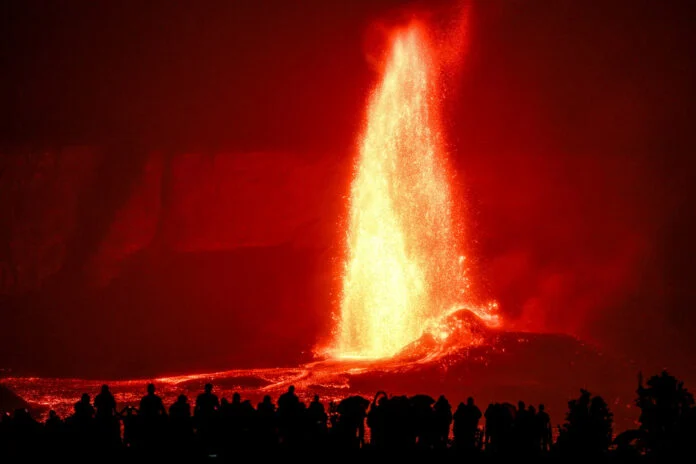The legacy of ancient Rome extends far beyond the Italian peninsula, with impressive examples of Roman architecture and engineering scattered across the globe. From aqueducts to temples, these well-preserved structures offer a glimpse into the grandeur and sophistication of the Roman Empire. Join us as we embark on a virtual journey to explore the eight best-preserved Roman buildings outside Italy.
1. Pont du Gard, France
Our first stop takes us to the stunning Pont du Gard in southern France. This well-preserved Roman aqueduct, a UNESCO World Heritage site, stands as a testament to Roman engineering prowess. Built in the 1st century CE, this three-tiered structure once spanned the Gardon River, carrying water to the city of Nîmes.
2. Porta Nigra, Trier, Germany
Moving on to Trier, Germany, we encounter the Porta Nigra, a significant preserved Roman building. This imposing city gate, constructed from large sandstone blocks without mortar, has stood for over 1,800 years, serving as a striking example of Roman city fortifications.
3. Temple to the Wine God Bacchus, Baalbek, Lebanon
Our next destination takes us to Baalbek, Lebanon, where we find the well-preserved temple dedicated to the wine god Bacchus. This impressive structure, part of the ancient city of Heliopolis, is renowned for its intricate carvings and grandeur, presenting a fascinating blend of Roman architecture and local influences.
4. Aspendos Arena, Turkey
In southern Turkey, the Aspendos Arena stands as one of the best-preserved Roman theatres in the world. With its remarkable acoustics and stunning architectural design blending Roman and Greek styles, this ancient amphitheater continues to captivate visitors with its timeless beauty.
5. The Temple of Augustus and Livia, Vienne, France
While traveling to Vienne, France, we encounter the Temple of Augustus and Livia. This exceptionally preserved Roman temple, dedicated to the emperor Augustus and his wife Livia, showcases exquisite Corinthian columns and intricate friezes, offering a glimpse into the religious and artistic practices of ancient Roman Gaul.
6. Aqueduct of Segovia, Spain
The Aqueduct of Segovia in Spain stands as a marvel of Roman engineering and remains one of the best-preserved ancient aqueducts. Constructed without the use of mortar, this imposing structure spans the city, showcasing the mastery of Roman hydraulic technology.
7. Theater of Orange, France
In the town of Orange, France, the Theatre of Orange stands as an exceptional example of Roman theatrical architecture. With its well-preserved stage wall and striking facade, this ancient theatre continues to host performances, linking the past with the present through its enduring cultural significance.
8. Roman Theater of Bosra, Syria
Our final destination brings us to the Roman Theater of Bosra in Syria, a UNESCO World Heritage site and a remarkable testament to the enduring legacy of Roman influence in the region. This well-preserved theatre, adorned with ornate carvings and architectural details, stands as a symbol of cultural exchange and artistic expression in antiquity.
In conclusion, these eight best-preserved Roman buildings outside Italy not only reflect the architectural and engineering achievements of ancient Rome but also serve as invaluable links to our shared human heritage. Through careful preservation and continued exploration, these remarkable structures offer us insight into the enduring legacy of the Roman Empire and its lasting impact on the world.









